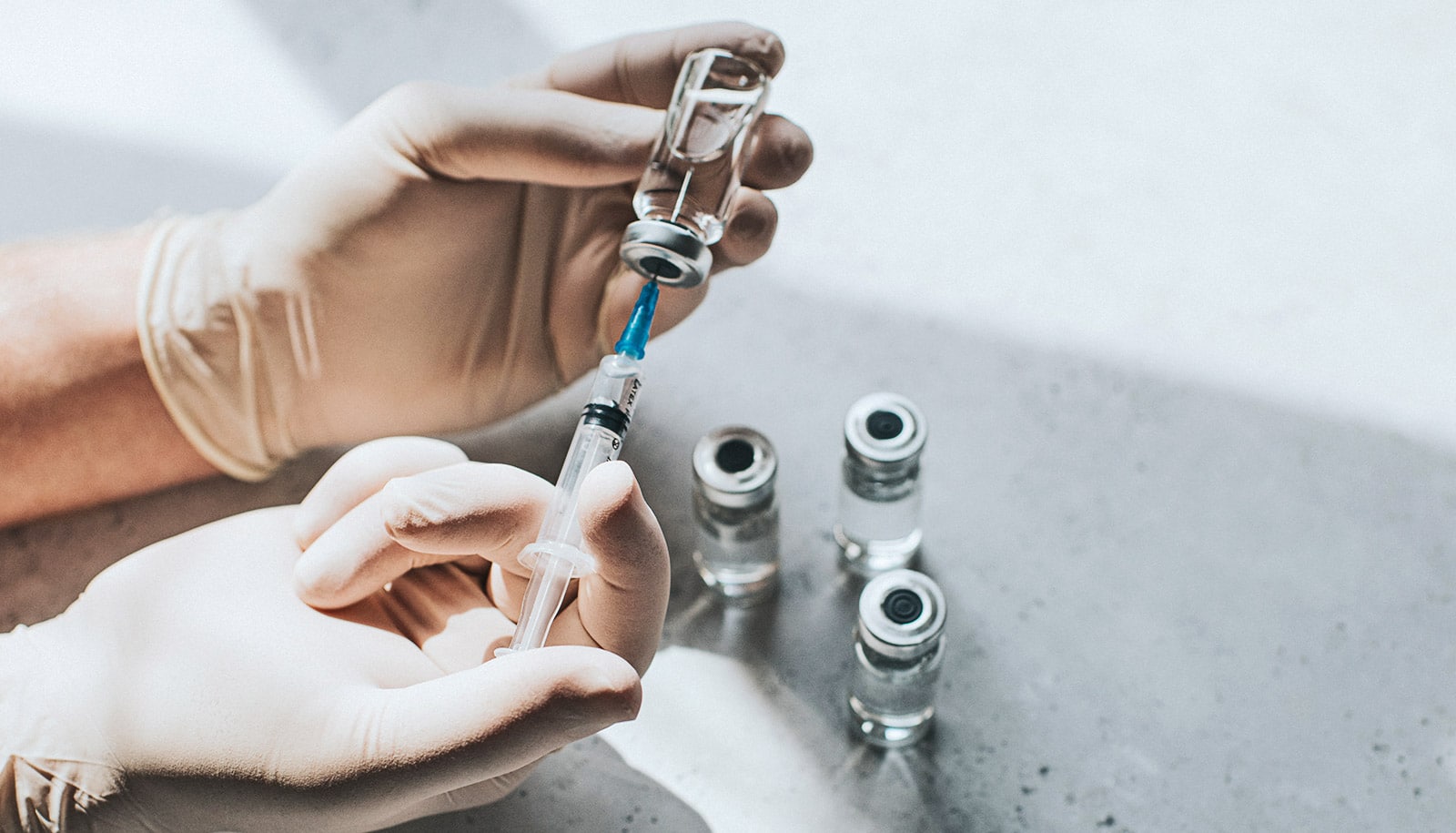The HPV vaccine is working to reduce the risk of cervical cancer, according to a new study.
“It is the first study in the world to test the Gardasil-4 vaccine on a population level. The childhood vaccination [program], which includes the HPV vaccine, is targeted at the entire population. Therefore, it is important to look at the entire population and the effect of the vaccine after the first screening of women aged 23 years,” says study author Elsebeth Lynge, professor in the department of public health at the University of Copenhagen.
Making a difference
The researchers looked at the 1993 birth cohort, which was the first birth cohort to receive the vaccine. They then compared it to a 1983 birth cohort, which did not receive HPV-vaccination. The two birth cohorts of women are comparable and resemble each other as regards level of education and average age of first sexual activity, among other things.
The researchers then examined the results of the women’s first cervical screening test. The 1993 birth cohort received a screening test in 2016, while women born in 1983 had their first screening test in 2006, before marketing for the vaccine began. The researchers discovered a significantly reduced risk of severe dysplasia in the 1993 birth cohort compared to the 1983 birth cohort. To be precise, the risk was reduced by 40 percent.
“This means that fewer women have to be referred to a gynecologist for further examination and have a tissue sample taken. Eventually we also expect fewer to fall ill,” says PhD student Lise Thamsborg, first author of the study.
The girls from the 1993 birth cohort were 15 years old when they received the vaccine. And the researchers expect the effect to be even more pronounced today, when girls are offered the vaccine already at the age of 12.
“It is better. We expect the effect to be greater among those vaccinated at the age of 12, because very few have been sexually active at this age,” says Thamsborg.
A surprising second finding
However, the study did not only find a reduction in severe dysplasia. Contrary to expectation—and from what randomized trials have shown—the women born in 1993 showed a higher level of mild dysplasia than the women born in 1983.
In 2006, though, new technology was introduced for examining the cell samples that reveal cases of dysplasia. This may be the cause of the increase in cases of mild dysplasia, the researchers believe.
“The new technology has led to fewer inadequate samples, and the samples are of a higher quality today. So the samples are more sensitive. This may be the cause,” says Thamsborg.
The next step for the researchers is to examine the tissue samples taken from women with dysplasia. The aim is to learn whether and, if so, how cases of mild and severe dysplasia, respectively, have developed.
If a woman suffers from severe dysplasia, a tissue sample can reveal precursor lesions to cervical cancer. There are different levels of these precursor lesions. If a woman shows mild dysplasia, she is invited to a control typically six months later to see whether the changes have stopped or developed further.
More HPV vaccines could prevent head and neck cancers
Facts about HPV and vaccination:
- There are more than 100 different types of Human Papilloma Virus, also called HPV. Fifteen of these are known to be carcinogenic. HPV types HPV 16 and HPV 18 cause 70 percent of all cases of cervical cancer.
- HPV vaccination is recommended for girls aged 12 years. The vaccine effect has been proven in a randomized trial.
- Last fall, a new HPV vaccine was introduced, Gardasil-9, which protects against nine types of HPV. Of these, 7 are responsible for up to 90 percent of all cases of cervical cancer.
- The first vaccine, Gardasil-4, was used from 2009 to 2016. Gardasil-4 is the vaccine given to the first birth cohort of girls born in 1993. From 2016 to the fall of 2017, Cervarix was the vaccine used. All three vaccines protect against HPV 16 and HPV 18.
- In Denmark, around 370 new cases of cervical cancer are discovered each year and around 100 women die as a result of the disease. Each year around 6,000 women are treated for precurser lesions with a so-called conization.
Source: Statens Serum Institut, the Danish Cancer Society.
The research appears in the International Journal of Cancer.
Source: University of Copenhagen



